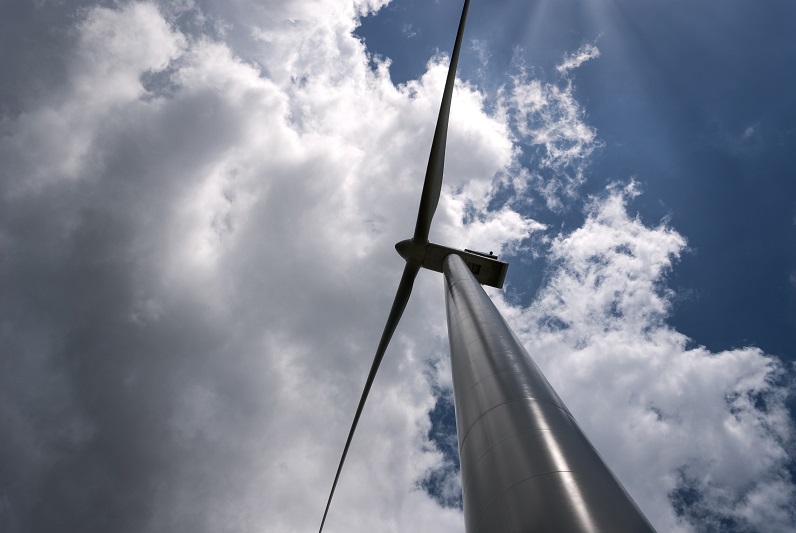Posts in Category: Industrial
Securing Efficiency in Harsh Climates: Ice Protection in Wind Turbines

In the face of global energy demand and environmental concerns, sustainable energy solutions such as wind power have taken center stage. Wind turbines, the workhorses of this renewable energy source, are expected to perform under a variety of conditions, including the harshest of climates. However, cold and icy environments present unique challenges, notably ice formation, which can significantly hamper turbine efficiency and safety. This presents a need for effective ice protection systems for wind turbines.
Ice accumulation on wind turbine blades can drastically impact their aerodynamic performance, leading to reduced energy output and potential safety hazards. Traditional mitigation strategies, including mechanical de-icing, have proved to be costly and time-consuming. However, the advent of icephobic solutions — specifically designed coatings that repel ice — have redefined how we approach these challenges.
Icephobic coatings work by forming a protective, water-repelling layer over wind turbine blades, preventing ice accumulation and ensuring that the blades maintain their aerodynamic shape for optimal energy generation. This innovation has significantly reduced the frequency and cost of de-icing operations, resulting in wind turbines that can operate continuously with minimal downtime, even in icy conditions.
Beyond operational efficiency, wind turbine ice protection solutions contribute greatly to safety. By mitigating the risk of ice shedding and hurling — serious safety hazards in icy climates — these coatings contribute to a safer environment for both operational staff and surrounding communities.
As we look forward to the future of sustainable energy, the development of even more advanced ice protection solutions, like superhydrophobic coatings, promises to take wind turbine efficiency and safety to new heights. These next-generation coatings offer even greater resistance to ice, securing the performance of wind turbines in even the coldest and most challenging climates.
In conclusion, securing efficiency in harsh climates through effective ice protection measures is crucial in the world of wind energy. Icephobic solutions and their ongoing advancements underscore our commitment to not only harness the power of the wind, but to do so in a manner that is reliable, efficient, and above all, safe. This pursuit of ice protection in wind turbines marks a key stride towards a more sustainable and resilient future.